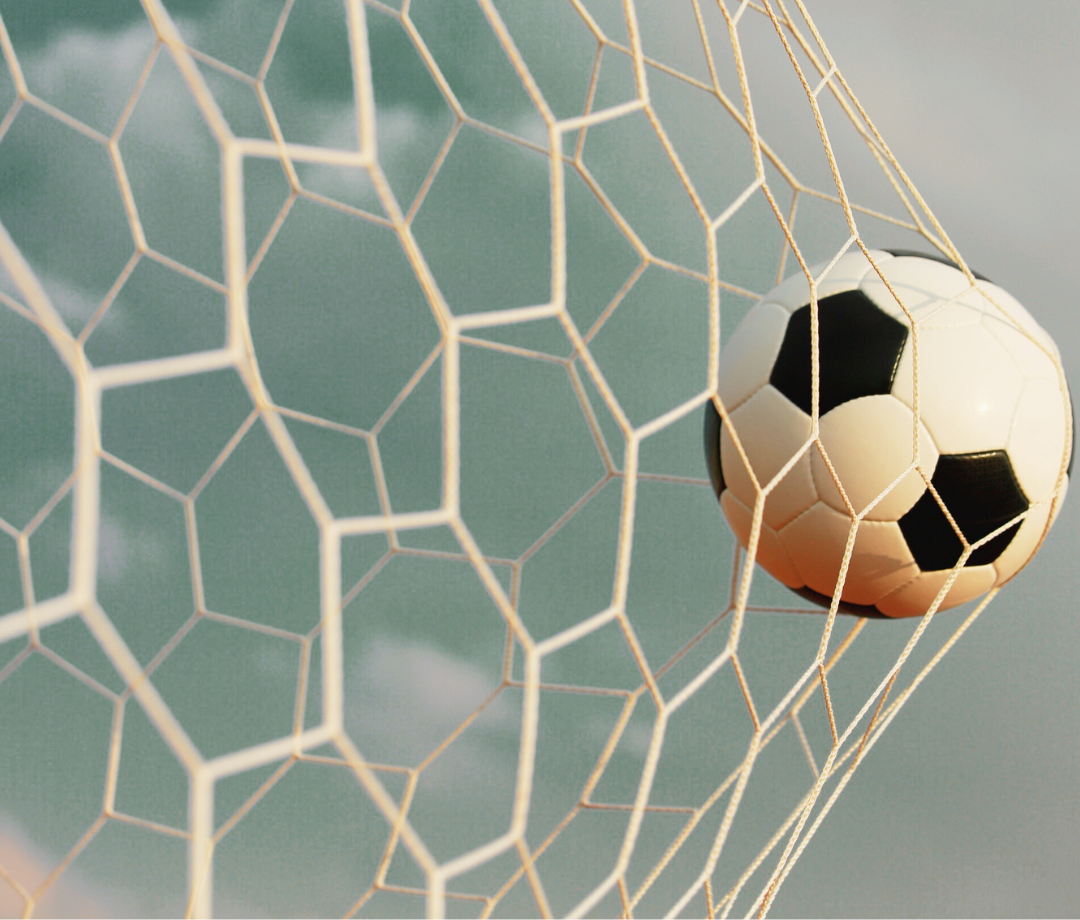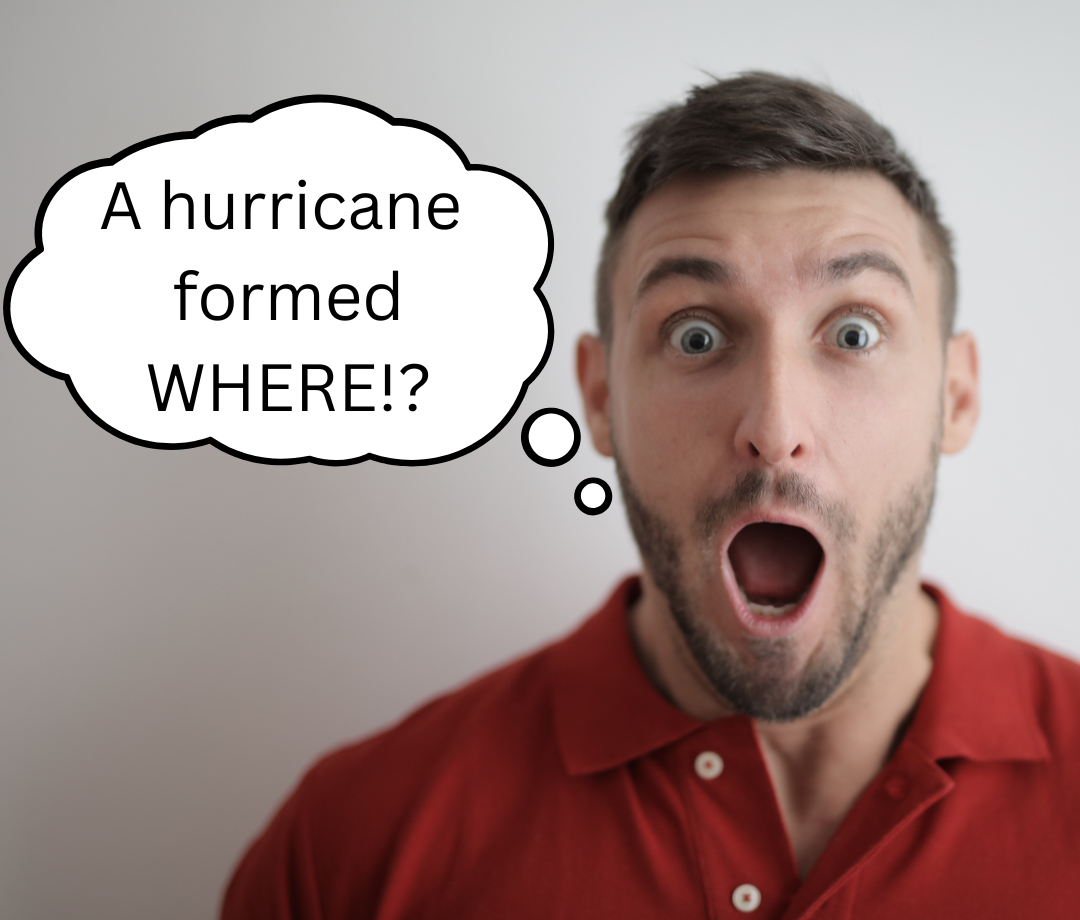Is There A History Of Weather Impacting Soccer?
Yes, many important soccer games in history have been impacted by rain.
One of the most notable was the 1954 World Cup final between West Germany and Hungary, which was played in heavy rain. Hungary was favoured to win the match, due to a combination of them winning an earlier round robin match between the two teams 8-3, as well as having dominated South Korea 9-0 earlier in the tournament, and victories against powerhouses Uruguay and Brazil. However, Germany ended up winning the match in a 3-2 comeback. However, there is a combination of factors that lead to the rain favouring the Germans. One notable aspect is that their captain, midfielder/forward Friedrich “Fritz” Walter, was renowned as a great player in the rain, with the German team even referring to rain as “Fritz Walter Weather”. The second, and more controversial point, is that Adidas had given the German team screw-in studs that could be placed in any shoe, allowing the Germans to have a footwear advantage the Hungarians couldn’t match. This gave the Germans their first World Cup.
During the 1986 World Cup, Argentina captain Diego Maradona said, “It should be part of the rules once and for all that the organizers should take the soccer players into account. Without us, there would be no spectacular. We are the indispensable ingredient to the World Cup. At least the hours of the games should be set to the time at which we play best, not when there is the most heat,” in response to the temperature of most games being over 38 °C (100 °F) at kickoff. The tournament was held in Mexico, and many games were played at around noon.
Can A Soccer Game Be Cancelled Due To Weather?
A soccer game can absolutely be cancelled due to bad weather. The most common reason a game is called early or postponed is due to a thunderstorm in the area. Sometimes, a game is paused, with the players heading inside to safety, until 30 minutes after the last lightning bolt is heard or seen. However, there are also reasons that a game can be cancelled. If the field is too wet to reasonably be able to play, covered in too much snow, or the play area is too hot or cold, the game can be cancelled. Similar to a baseball rain delay where the Umpire has final say, the head referee has final say in whether a game is cancelled.
Can Precipitation Impact Soccer?
Yes, precipitation can impact a soccer game. In addition to possibly cancelling a game entirely with heavy rain, light rain can also have an impact on the game. Rain can make the ball heavier, making longer passes and shots more difficult, and even slowing down short passes. The field can also become muddier, which can magnify these results, which can often encourage passes and shots that are low and through the air instead of on the ground or very high.
The rain can also increase the difficulty the players have keeping their balance, as anyone, especially those without proper cleats, has an increased chance of slipping and tripping. A goalie will also have more difficulty holding onto the ball when making a save, leading to more rebounds.
Often, players and coaches can adapt by having more conventional, direct plays with lower risks. This includes more play near the middle of the field instead of on the wings, as well as having more short passes instead of long passes. This often leads to more cautious strategies and low-scoring games.
Heavy snow can also have an added impact on visibility and will also magnify the impact of low temperatures.
Can Temperature Impact Soccer?
Yes, both extremely hot weather and extremely cold weather can have a drastic impact on how a soccer game is played. Excessive heat can lead to players risking heat stroke, muscle cramps, increased fatigue, and heat exhaustion. High humidity combined with high temperature can also make these worse. The impact this can have makes it dangerous for the players and even the fans. This is often fought with a massive increase in water consumption, allowing players to sweat more, cooling their bodies. Teams often use more pass-heavy strategies that require less movement and increased substitutions in leagues that allow it.
Cold weather, while not as obviously dangerous, can also increase the risk of injury. Muscles become less elastic, increasing the risk of pulling a muscle. Motor skills can also be impacted if things are cold enough. Cold temperatures can also lead to snow, which can have the impacts mentioned earlier. Hypothermia and Frostbite are also risks, although unlikely.
Can Wind Impact Soccer
Although the wind in a wind bowl World Cup wouldn’t have nearly as much of an impact as it could on a Grey Cup, wind can still impact the game drastically. The ball, especially when airborne, is susceptible to being moved by the wind. This can give one team an advantage if their end is being ‘defended’ by strong gusts, making things like longer passes a stronger weapon for them, and a weaker one for their opponents. This is part of the reason why teams switch sides at halftime, as it evens out such advantages. Still, if wind varies in strength throughout the game, one team might still be given an advantage. A wind that goes sideways can also impact the game, as it can move play from one wing to the other. Running against the wind can also make running slightly more tiring.
Can Fog Impact Soccer?
Although the impact isn’t as great as it is for other weather patterns, fog can have an impact on soccer. A thick enough fog can cause visibility issues. This usually impacts goalies, who might be unable to see the far end of the field in foggy conditions.



